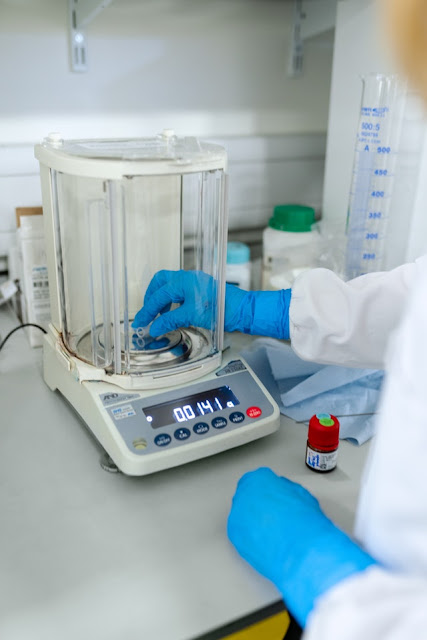Can we take two doses of different Covid vaccines (Covishield, Pfizer)?
Can we take two doses of different Covid vaccines (Covishield, Pfizer)?
Introduction
Who need this mixed vaccination?
- Places with limited availability of a particular vaccine.
- Vaccines with severe side effects after first dose.
- For a particular group of people with the occurrence of blood clot formation.
- Germany, Denmark, Norway, France, Sweden are advocating mixed vaccination.
Experiment
- The use of heterologous vaccine trials (Com-Cov vaccine trial) are being conducted by Oxford Vaccine Group. [1].
- The study was conducted between 11-26.Feb.2021 [2-3].
- Total 463 participants, aged 50 years and more, were randomly distributed to the four groups (Fig.1).
- Homologous vaccine trials means the same covid19 vaccines for both 1st and 2nd doses.
- Whereas heterologous trial means trial with two different vaccines.
- The study was conducted with adenovirus based Oxford AstraZeneca’s Vaxzevria (ChAdOx1 nCov-19) and mRNA based Pfizer (BNT162b2) COVID-19 vaccines.
- Both Covishield and Vaxzevria, are originated from Oxford AstraZeneca’s research but have different names in India and abroad respectively.
- Participants were asked to record occurrence of symptoms using electronic diaries within 7 days after the 2nd dose of vaccination. Two doses of vaccine was administered with a uniform gap of 28 days.
- Basically this was self reported descriptive symptoms. Only initial reactogenicity and safety data was studied.
- Occurrence of side effects is measured by a medical term, ‘Reactogenicity’ which was first used by the US FDA. It represents expected adverse reactions in response to vaccination like pain, redness, swelling etc at the injection site and fever, headache etc.. Reactogenicity is the manifestation of the inflammation process in which white blood cells (WBC) etc. protect the body against infection from intruder bacteria/viruses[4].
Result
Fig.1. Occurrence of side effects with Homologous and heterologous vaccine trial [2].
- (Pfizer, Covishield) of Fig.1 denotes a Pfizer vaccine for 1st dose and Covishield as 2nd dose.
- Occurrence of side effects:
- There were no incidents of hospitalization.
- Covishield - Covishield combination showed lowest occurrence of side effects.
Conclusion
- Occurrence of side effects: Two different vaccine doses > Two same vaccine doses.
- To arrive at some solid conclusion, sample size should be on par with phase 3 trial (i.e. 10s of thousands) and with placebo control. Always there remains scope of bias/ error in case of self reported symptoms.
- Immunological results i.e. study of neutralizing antibodies etc. shall throw more light on this very important need of the hour trial run but peer reviewed publication is yet to be published [5].
- These types of studies
are very crucial for countries with limited availability of vaccines/
1st vaccines with adverse side effects.
- Similar studies with Moderna and Novavax are in progress.
- Similar studies should be conducted with Made in India Covaxin and covishield.
Reference and footnote
[1] Com-Cov Study, https://comcovstudy.org.uk/home, Accessed on 03.July.2021
[2] Shaw, Robert H., et al. "Heterologous prime-boost COVID-19 vaccination: initial reactogenicity data." The Lancet 397.10289 (2021): 2043-2046. https://www.thelancet.com/journals/lancet/article/PIIS0140-6736(21)01115-6/fulltext, https://doi.org/10.1016/S0140-6736(21)01115-6
[3] Callaway, Ewen. "Mix-and-match COVID vaccines trigger potent immune response." Nature (2021): 491-491. https://www.nature.com/articles/d41586-021-01359-3, https://doi.org/10.1038/d41586-021-01359-3
[4] Hervé, Caroline, et al. "The how’s and what’s of vaccine reactogenicity." npj Vaccines 4.1 (2019): 1-11, https://pubmed.ncbi.nlm.nih.gov/31583123,
DOI:
10.1038/s41541-019-0132-6
[5] Liu, Xinxue, et al. "Safety and Immunogenicity Report from the Com-COV
Study–a Single-Blind Randomised Non-Inferiority Trial Comparing
Heterologous And Homologous Prime-Boost Schedules with An Adenoviral
Vectored and mRNA COVID-19 Vaccine." https://papers.ssrn.com/sol3/papers.cfm?abstract_id=3874014
Disclaimer: The post is purely for the academic interest/ awareness.
Please like, share and comment.
Please follow/ interact with the author.












Very well explained.But if reactogenicity is considered then immunogenicity also should be considered ...when a vaccine causes more side effects, it means that it produces more antigens to induce the immune system. Generally more side effects more the vaccination is working.for eg.MMR vaccine for new born. It can be true for this case also,how to conclude this?
ReplyDelete